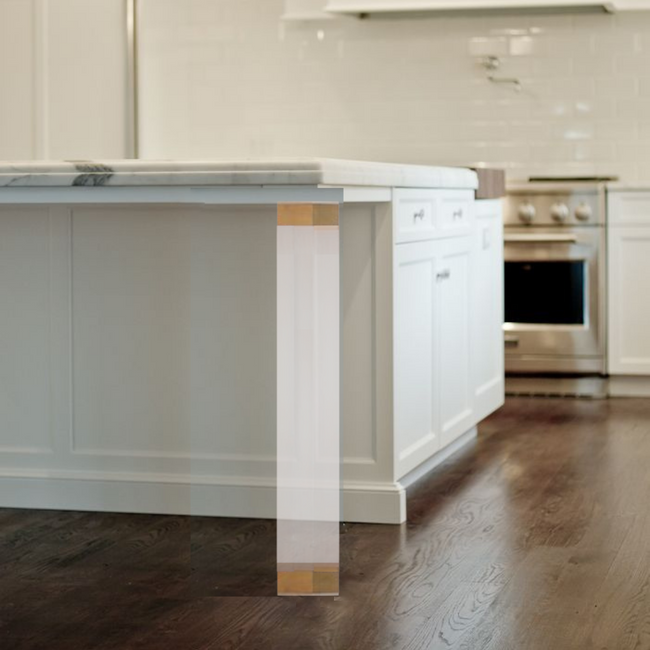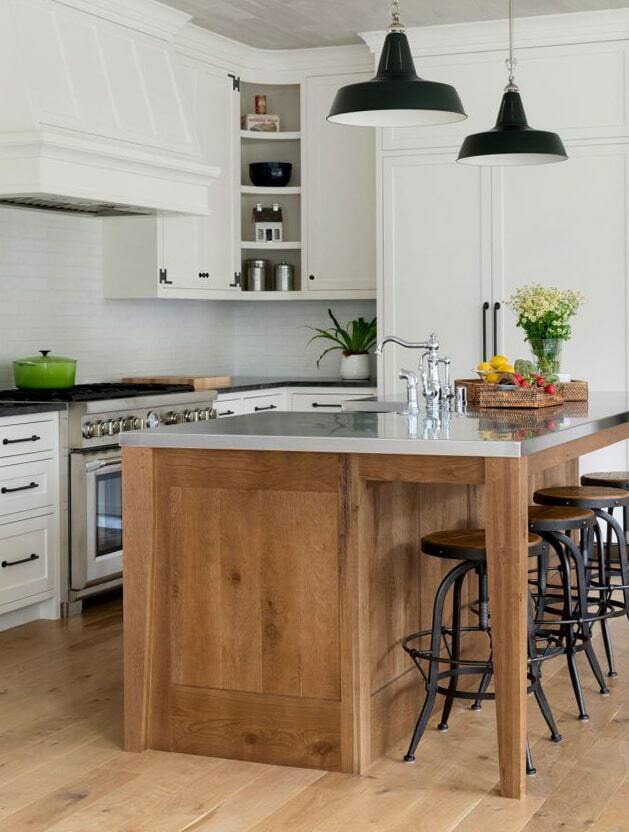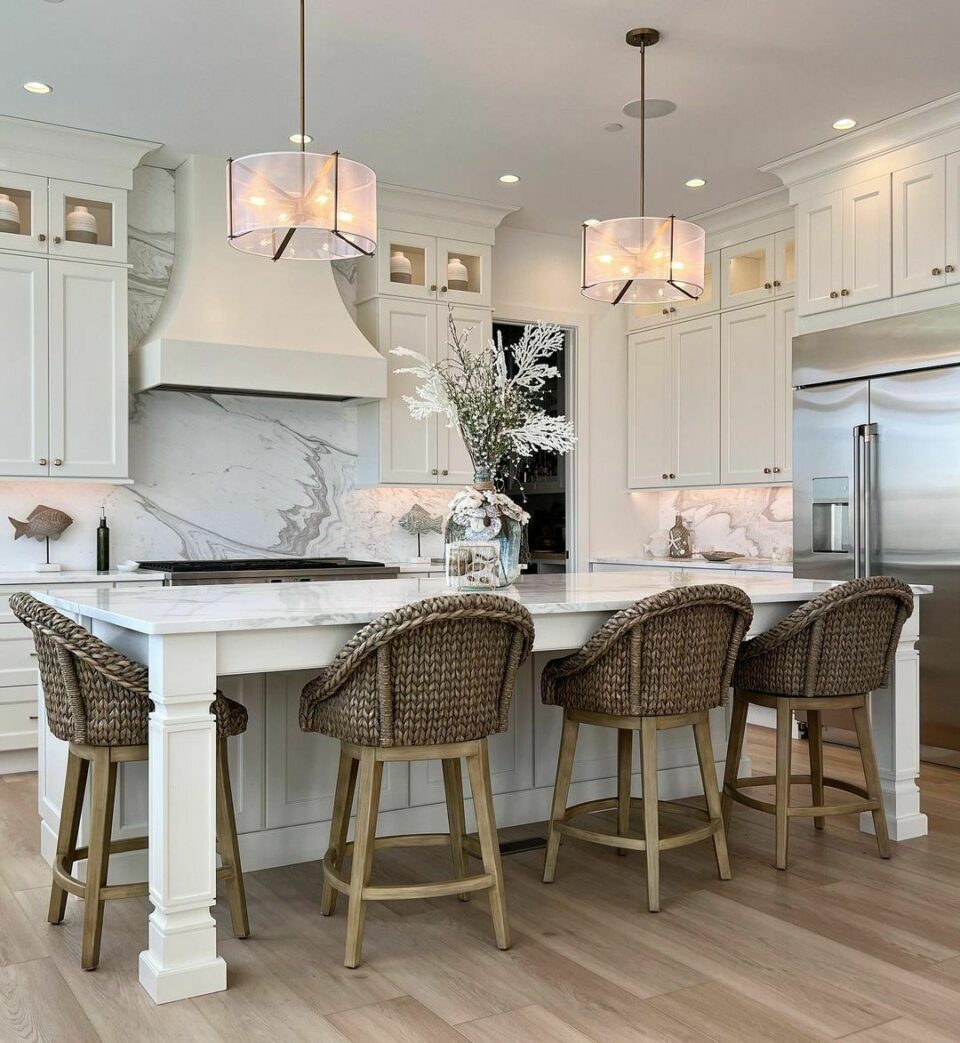The Top Kitchen Island Leg Styles to Enhance Any Type Of Layout Aesthetic
The Top Kitchen Island Leg Styles to Enhance Any Type Of Layout Aesthetic
Blog Article
The Significance of a Sturdy Kitchen Area Island Leg in Developing a Functional Food Preparation Area
A tough kitchen area island leg acts as an essential element in developing a practical cooking environment, giving essential assistance for both the countertop and numerous kitchen activities. The stability it offers can considerably lower the risk of mishaps in high-traffic areas, while additionally adding to the overall visual comprehensibility of the space. As kitchen areas develop right into multifunctional locations for food preparation, eating, and socializing, the choice of products and design factors to consider for island legs becomes significantly important. Recognizing these components can change your kitchen area right into a more secure and extra efficient location, triggering further exploration into the most effective choices offered.
Advantages of Sturdy Island Legs
Supplying important assistance, strong kitchen area island legs play a pivotal role in boosting the capability and resilience of kitchen area islands - kitchen island leg. These legs not only birth the weight of the counter top and any type of added products positioned on the island, however likewise add to the overall security of the framework. A well-supported cooking area island ensures that it stays practical and upright, even under heavy use, which is especially vital in hectic kitchen settings
Moreover, sturdy island legs can enhance the aesthetic charm of the kitchen area. They offer a solid framework that can match various layout styles, from modern-day to traditional. This flexibility enables homeowners to personalize their kitchen islands according to individual taste while making certain that the architectural honesty continues to be uncompromised.
In enhancement to their encouraging duty, robust kitchen island legs can likewise boost security. A steady island minimizes the danger of mishaps triggered by tipping or wobbling, which is especially essential in homes with youngsters or senior individuals. Strong legs can assist in a smooth circulation of activities, enabling for effective dish preparation and social communications within the kitchen area area. Ultimately, purchasing tough kitchen island legs is important for a functional and aesthetically pleasing cooking location.
Materials for Kitchen Area Island Legs
When choosing materials for kitchen island legs, resilience and aesthetic allure are crucial elements to think about. The most common products consist of hardwood, steel, and engineered wood, each offering unique advantages.
Hardwood, such as oak, maple, or cherry, is a traditional choice because of its toughness and timeless beauty (kitchen island leg). It can stand up to significant weight and is resistant to wear, making it perfect for high-use cooking area settings. In addition, hardwood can be tarnished or repainted to complement different kitchen designs
Steel legs, frequently crafted from stainless steel or wrought iron, supply a industrial and modern-day appearance. They are extremely solid and can support considerable loads while being immune to dampness and warm, which is helpful in a cooking location. Steel legs can likewise be conveniently cleaned up, boosting their functionality.

Design Factors To Consider for Stability
The selection of products for kitchen area island legs straight affects the layout considerations for stability. When designing a kitchen area island, it is vital to evaluate the weight-bearing capability of the selected products. Larger materials, such as solid timber or metal, generally give greater security, particularly under the stress of daily usage.
Additionally, the leg design must integrate appropriate geometry to boost security. A wider base raises the support area, lessening the risk of tottering or tipping. Factor to consider ought to likewise be given to the elevation of the legs; out of proportion leg sizes can cause official website discrepancy, endangering the total security of the island.
Moreover, the circulation of weight across the island is essential. Guaranteeing that the leg placement straightens with the heaviest components, such as home appliances and countertops, will certainly further improve stability.
Upkeep Tips for Long Life

Cleaning is another critical facet of maintenance. Depending upon the material of the legs-- whether timber, steel, or composite-- ideal cleaning approaches should be utilized. For wooden legs, a gentle clean with a moist fabric and an ideal wood cleaner will aid preserve their finish. Steel legs may call for a light gloss to avoid rust and preserve their appeal.
Furthermore, tightening screws and bolts regularly can ensure stability and stop tottering. Take into consideration strengthening the legs with additional brackets or supports to enhance toughness if the kitchen area island experiences heavy use. Last but not least, applying a protective finish or sealer can guard versus dampness and spots, prolonging the lifespan of the legs. By complying with these upkeep pointers, property owners can ensure their cooking area island legs remain practical and durable for several years to come.
Selecting the Right Leg Design
Normal maintenance makes sure that cooking area island legs remain strong and useful, yet picking the appropriate leg design is similarly essential for both aesthetics and support. The selection of leg design can dramatically influence the overall design and consistency of your kitchen area.

Capability is another crucial facet. For circumstances, thicker legs or those with a sturdy base can sustain heavier counter tops and devices, enhancing the island's utility. On the other hand, slender legs additional reading might produce an airy appearance, ideal for lighter styles yet possibly less supportive.
Verdict
In summary, the importance of strong kitchen island legs can not be overstated in the development of a useful food preparation location. These legs give crucial assistance, improve stability, and contribute to the overall aesthetic of the cooking area.
A durable cooking area island leg serves as an essential element in developing a useful food preparation environment, supplying required assistance for both the counter top and various kitchen activities.Offering vital assistance, strong cooking area island legs play a crucial role in enhancing the functionality and durability of kitchen area islands. Inevitably, spending in strong cooking area island legs is essential for a useful and aesthetically pleasing cooking area.
Consideration ought to also be provided to the height of the legs; disproportionate leg sizes can lead to discrepancy, compromising the general security of the island.
Wood legs provide heat and a traditional look, while steel legs provide a commercial and modern feel.
Report this page